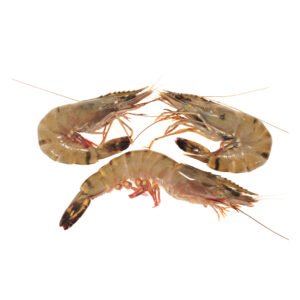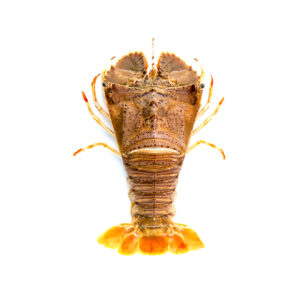Introduction
Our The king of the Arabian Sea without a doubt is fresh lobster. For many years, lobster has been associated with decadence due to its rich flavour, dense yet tender meat, and high demand for the product. It has a versatile meat that can be used in a variety of recipes that come from all over the world.
The nutritional value of lobsters will cause you to reevaluate how you view this crustacean. Despite having a reputation that is rooted in gourmet cuisine, the health benefits of lobster are frequently underrated and hardly even taken into consideration.
Lobster is one of the most expensive and highly sought-after seafood items, and its supply is extremely constrained. Known for their long bodies and powerful tails, they are typically found in warmer waters like the Arabian Sea.
Taste Profile
It has the crisp goodness of the fibre from the tendons as well as the sweetness of lean meat. Many people claim that lobster tastes similar to a combination of crab and prawn. Because it deteriorate quickly, taste can vary depending on cooking time and storage.
Habitat
Normally, reef seaward edges and shallow waters are where you can find lobsters. They adore being in clear water free from river influence.
Catching Technique
Gillnets are used to catch lobsters.
Physical Qualities
It has a spiny, rounded carapace. The antennules’ flagella are longer than their peduncles. There is no rostrum, and a wide antennular space with four closely spaced principal spines divides the bases of the antennae. Instead of being continuous with a pleural groove, the abdominal segments have a transverse groove.
Appearance
The body of the this creature is a deep brownish or greenish colour. Typically, males are darker than females. The antennular peduncle is striped with white lines, the carapace’s large spine tips are yellowish, and the eyes are black. The membranous regions at the outer base of the antenna are light blue, and the flagella are uniformly brownish. Legs have noticeable white-line stripes, the abdomen has tiny pale dots, and the pleopods and soft part of the tail fan are black.
Peeling Yields, approx.
Whole: 100%
30% for tails only
Favorites’ Recipes
Grilled, baked, steamed, and sushi are preferred to lobster.
Health Advantages
- High in protein: Lobster is a rich source of protein, which is essential for building and repairing tissues in the body. One serving of lobster can provide up to 28 grams of protein.
- Low in fat and calories: Despite its rich taste, lobster is relatively low in fat and calories, making it a great option for those watching their weight. One serving of lobster contains only about 130 calories and 1.2 grams of fat.
- Rich in vitamins and minerals: Lobster is a good source of vitamins and minerals, including zinc, copper, selenium, and vitamin B12. These nutrients are essential for maintaining healthy bones, immune system function, and brain health.
- May reduce inflammation: Lobster contains omega-3 fatty acids, which have been shown to have anti-inflammatory properties. Consuming omega-3s may help reduce inflammation in the body, which is linked to a range of health issues.
- May support heart health: Lobster is a good source of heart-healthy nutrients, including omega-3 fatty acids and magnesium. Studies have shown that consuming these nutrients may help reduce the risk of heart disease.

 Fish Boneless
Fish Boneless Spicy Masala (Ready to Cook)
Spicy Masala (Ready to Cook)



Reviews
There are no reviews yet.